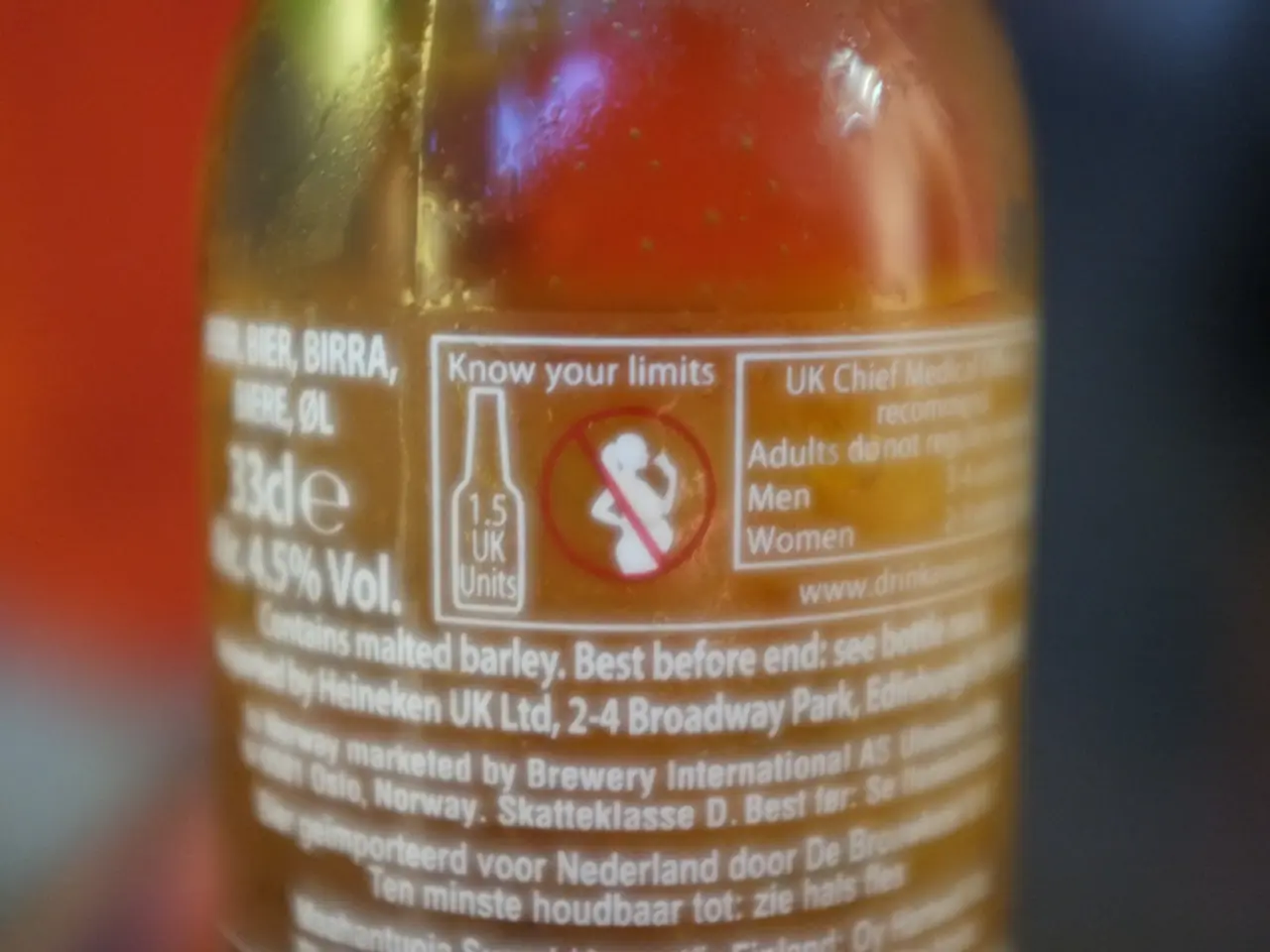Soliqua 100/33 Dosage: Its form, potency, usage instructions, and additional information detailed
Soliqua 100/33, a combination medication, is a popular choice for managing type 2 diabetes. This medication, which contains insulin glargine (a long-acting insulin) and lixisenatide (a GLP-1 receptor agonist), is administered once daily by subcutaneous injection.
The typical dosage for adults with type 2 diabetes is initiated and adjusted based on prior therapy and individual blood glucose response. Soliqua comes as a liquid solution in prefilled SoloStar pens, each containing 300 units of insulin glargine and 100 micrograms (mcg) of lixisenatide in 3 milliliters (mL) of liquid solution.
The recommended starting dosage is typically 15 units once per day, but this may vary based on individual circumstances. The dose can be chosen using a dose selector on the pen, and each pen needle can only be used once for a Soliqua 100/33 dose.
To ensure safe and effective blood sugar control, it is crucial to follow a few guidelines. Soliqua should be injected into one of the following areas: abdomen, thighs, or upper arms. It is also essential to rotate injection sites within the same region to reduce the risk of lipodystrophy.
Dosage adjustments may be necessary, and your doctor may recommend modifications to the Soliqua 100/33 treatment plan. It is important to note that specific dose increments and starting doses were not detailed in the provided sources, so dosing should be individualized by a healthcare professional, typically starting from a low unit dose and adjusted weekly based on fasting glucose.
Medical conditions such as hepatitis, kidney disease, and infections can affect the dosage of Soliqua 100/33. Additionally, other medications used to treat type 2 diabetes may interact with Soliqua and influence its dosage.
The effectiveness and safety of Soliqua 100/33 can be monitored by checking blood sugar levels regularly. If a dose is missed, it should be skipped and the usual dose taken the next day. Soliqua 100/33 is typically a long-term treatment, but the maximum dosage is 60 units once per day.
In summary, Soliqua 100/33 is a valuable tool in managing type 2 diabetes. By understanding its administration, dosage, and potential interactions, individuals can work closely with their healthcare providers to achieve optimal blood sugar control. Always remember that any changes to the dosage or treatment plan should be discussed with a healthcare professional.
- Soliqua's deciders - doctors and healthcare professionals - may adjust the drug's dosage for adults with type 2 diabetes based on individual medical conditions, prior therapies, and blood glucose response.
- In case of chronic diseases like hepatitis, kidney disease, or infections, the dosage of Soliqua 100/33 may need to be adjusted for safe and effective treatment.
- Health and wellness, including regular check-ups and monitoring, are crucial when using Soliqua 100/33 as part of therapies and treatments for managing type 2 diabetes.
- It is essential to follow the recommended guidelines for administering Soliqua 100/33, such as rotating injection sites and monitoring blood sugar levels, to minimize potential complications like lipodystrophy.




